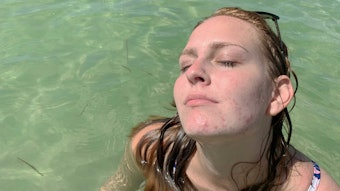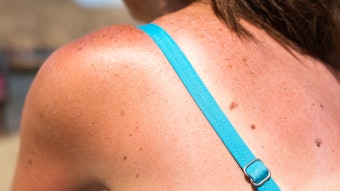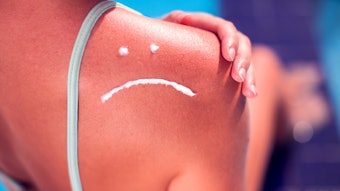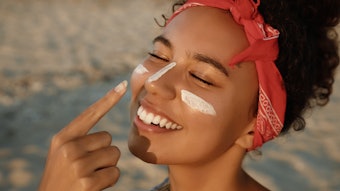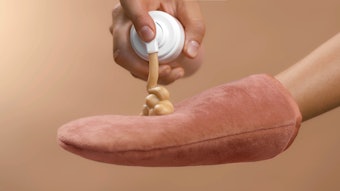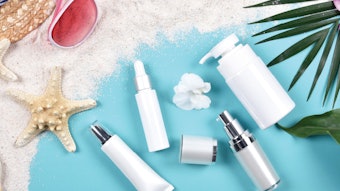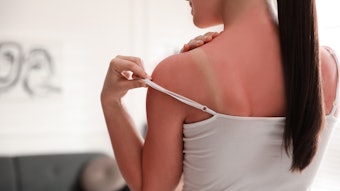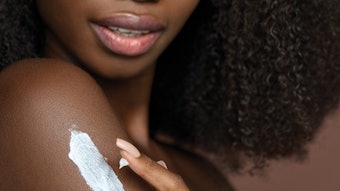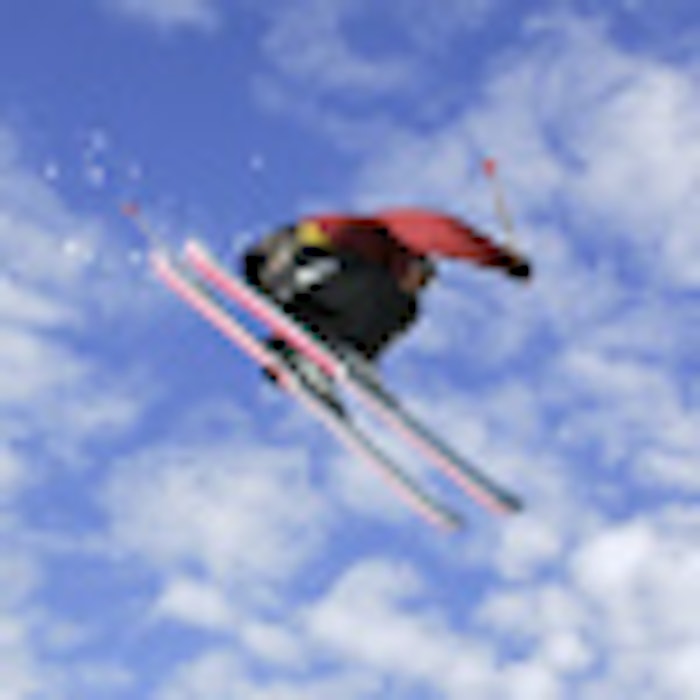
Editor's note: If your spa is in a mountainous region or an area that experiences lots of snow, consider increasing your sun awareness education and efforts, especially during the winter. As found in this study, UV levels are as high in the snow as on the beach, so clients in snowy regions should be encouraged to take extra sun protection precautions.
Just because it's cold outside doesn't mean the sun can't cook your skin, hints a new study of ultraviolet (UV) radiation and people's behavior at mountain ski resorts. The researchers found that while UV levels can be just as high atop a snowy mountain as on a sandy beach in mid-summer, skiers and snowboarders don't always protect their skin accordingly.
"It's a little counterintuitive," lead researcher Peter A. Andersen, of the School of Communication at San Diego State University in California, told Reuters Health. "But there's an inordinate amount UV at that elevation, reflecting off the snow and coming at you from all directions. Skiers are bathed in radiation." Skin cancer is the most common form of cancer in the U.S., affecting about one in five Americans at some point in their lives, according to the New York-based Skin Cancer Foundation.
Most of the cancers are UV-related, experts say, and the deadliest kind—melanoma—kills about 8,700 Americans each year. Andersen and his colleagues visited 32 high-altitude ski resorts in western North America, where they took a total of 4,000 UV readings—some pointed directly at the sun, others at the sky away from the sun or at the snowy slope of the mountain. On the same days, they interviewed guests on chairlifts and observed their sun-protective clothing and equipment.
Not surprisingly, UV radiation peaked at midday, and was more intense during spring than winter, with clear skies and at higher altitudes and lower latitudes. Higher temperatures also played a small role. Of course, avoidance of these peak conditions does not mean absolute UV protection, the researchers say. Although UV can drop by as much as half with cloud cover, for example, there is still plenty of skin-damaging radiation that sneaks through.
"Depending on the conditions, the UV index at a ski resort can potentially be as powerful as Waikiki on a bright, sunny day," he said, referring to the Hawaiian beach. He pointed out that his team had multiple readings of 10, or "very high," based on the U.S. Environmental Protection Agency's UV index. But people's behavior didn't always match the UV intensity, report the researchers in the Archives of Dermatology.
Based on interviews with nearly 4,000 skiers and snowboarders, the team found that many failed to apply sunscreen at least 30 minutes before hitting the slopes—enough time for it to be absorbed into the skin. The use of sunscreen lip balm, as well as wearing brimmed head covers and gloves, was also unrelated to UV levels. However, as the UV index rose, adults were slightly better about wearing protective sunglasses, putting on sunscreen and reapplying it every couple hours. This reapplication is key, Andersen said, as sunscreen can be broken down by UV itself, or washed off with sweat, precipitation or when snow shoots up into your face as you go down a mountain.
"Anything you can do to minimize your total chance of getting a sunburn, the better off you'll be," advised Andersen. "Eat your lunch in the shade, or if you're resting while other skiers catch up to you, stop under a tree." "Try to avoid the midday sun," he added. "And try to avoid going to the mountain on the sunniest days of the spring."
The researchers also recommend that ski resorts publish UV forecasts and promote sun-safety behaviors. "Skin cancer is an epidemic," said Andersen. "If we can ratchet the numbers down, we could reduce a lot of suffering and death, and have a positive impact on the nation's health bill."
SOURCE: link.reuters.com/nuc98p Archives of Dermatology, online Nov. 17, 2010
